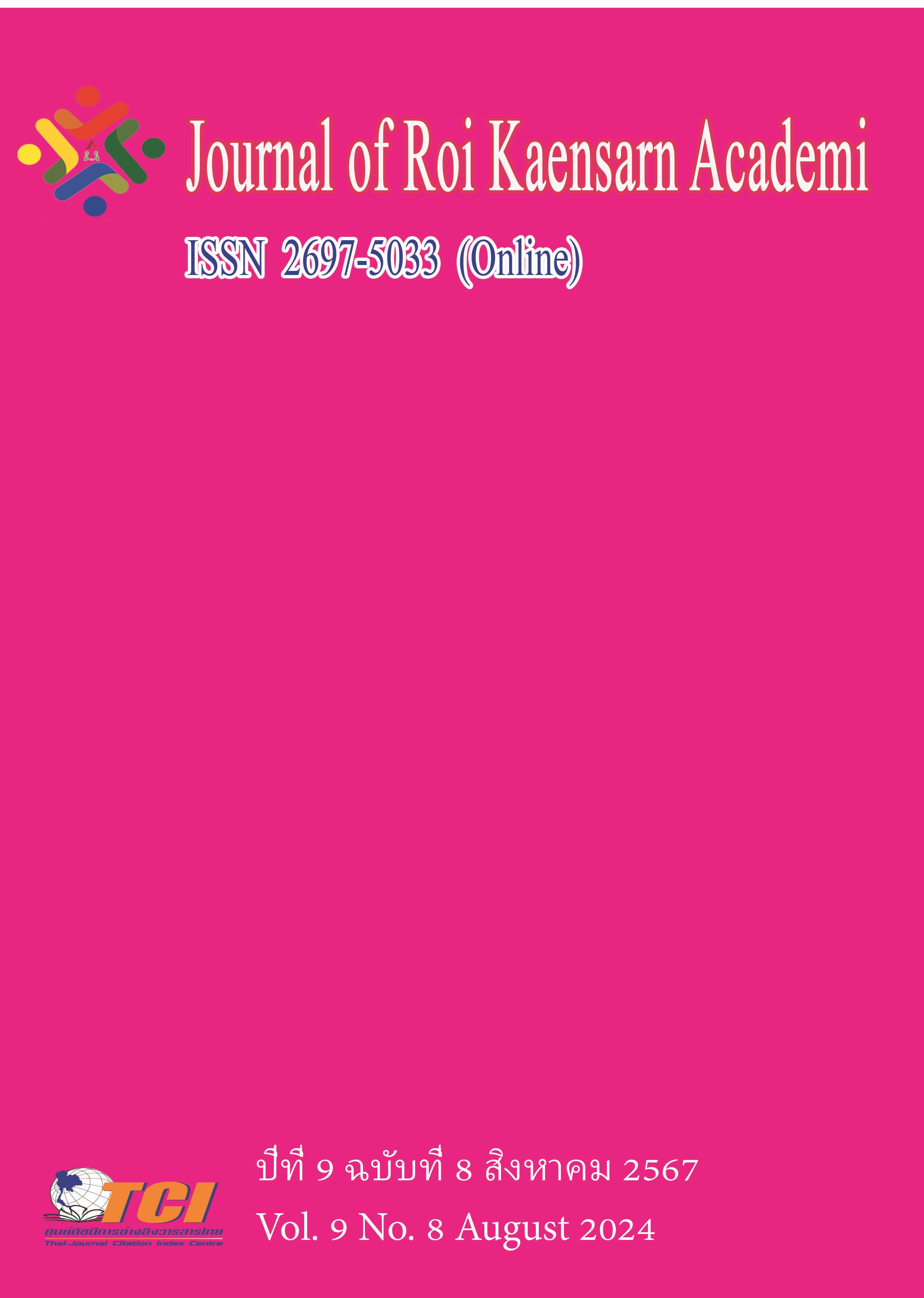The Stylization of Animal Motifs on Bronzes from Nomadic Cultures on the Mongolian Plateau in the 5th--4th Centuries B.C.E.
Main Article Content
บทคัดย่อ
This study focuses on Mongolian Plateau bronze animal motifs from the 5th to 4th centuries B.C.E. It explores the development and changes of animal motifs in the course of history, and reveals their importance and symbolic significance in the nomadic culture. By analyzing the history, culture, folklore and artistic style of animal motifs, the study focuses on the differences in geographical distribution, the normative differences in the use of motifs in different social occasions, and the diversified expressions of symbolism in the design of motifs. It aims to deepen the understanding of traditional nomadic tattoos, explore their cultural roots, totem worship and emotional support, and promote the inheritance and protection of nomadic cultural heritage.
Based on the attributes of long history and rich connotation of nomadic animal patterns with national and local cultural characteristics, this study explores the original form and aesthetic characteristics of nomadic animal patterns, and lays the research foundation for the inheritance and development of the material culture of nomadic people today. Through the use of field research and comparative method to analyze the differences of animal prints in different regions and practical fields, the influence of socio-economics and material media on the morphology and development of animal prints is clarified. Based on a detailed analysis of the development and evolution of animal motifs and their visual characteristics in Mongolian Plateau bronzes from the 5th to 4th centuries BC, we analyze in depth the role of animal motifs in cultural inheritance and innovation, and conclude that the influence of the original culture on animal motifs is not only embodied in the historical sites and traditional handicrafts, but also in modern It is concluded that the influence of the original culture on animal prints is not only reflected in historical sites and traditional handicrafts, but also continued in modern arts and crafts and in the creation of the digital media era.
In the study, it is systematically sorted out that nomadic bronze animal motifs of the 5th - 4th centuries B.C. have become an important part of Chinese and even world cultural heritage by virtue of their unique aesthetic characteristics and profound cultural connotations, which demonstrate the richness of multi-ethnic integration and regional cultural characteristics. In addition, the article proposes specific conservation and development strategies, emphasizing the importance of these strategies for the inheritance and sustainable development of cultural heritage.
Article Details
เอกสารอ้างอิง
Gao, Y. (2007). Treasures of Inner Mongolia - The Complete Collection. Inner Mongolia University Press.
Jin, W. (1981). Collection of Essays on Chinese Art History. People's Fine Arts Publishing House.
Li, J. (1985). Manuscript of the social and economic history of the Yuan dynasty. Hubei People's Publishing House.
Lin, M. (1995). The Civilization of the Western Regions. Oriental Publishing House.
Liu, X. (2018). The Turkic Khanate. Shaanxi People's Publishing House.
Lu, G. (2021). Research on Ordos Bronze Plastic Art, [Doctoral dissertation]. Inner Mongolia University.

